Alcorandmizar - Alcor And Mizar



More Posts from Alcorandmizar and Others
They Put a Flag on the Moon

It’s 1969 and Apollo 11 astronauts Buzz Aldrin and Neil Armstrong are the first humans to land on the Moon. In now iconic footage, Aldrin and Armstrong carefully assemble and maneuver an American flag to place on the lunar surface. The fabric unfurls, staying suspended without any wind to animate the stars and stripes. The flagpole sways precariously as the crew work to anchor it in the Moon’s low gravity at just 1/6th that of Earth’s. How did this moment come about? On Flag Day, let’s dive behind-the-scenes of what led to getting the American flag on the Moon 50 years ago.

Image: Astronaut Buzz Aldrin poses for a photograph beside the deployed United States flag during the Apollo 11 mission.
Seeking to empower the nation, President John F. Kennedy gave us a grand charge. The human spaceflight program of the early 1960s was challenged to work on missions that sent humans to the surface of another world. Following President Kennedy’s death in 1963, President Richard Nixon stressed a more international perspective to the Apollo missions. To reconcile the need for global diplomacy with national interests, we appointed the Committee on Symbolic Activities for the First Lunar Landing.

Image: NASA Administrator Thomas Paine and President Richard Nixon are seen aboard the USS Hornet, Apollo 11’s splashdown recovery vessel.
The committee, and the U.S. at large, wanted to avoid violating the United Nations Outer Space Treaty, which prohibited any nation from taking possession of a celestial body. After some debate, they recommended that the flag only appear during the Apollo 11 spacewalk. A plaque would accompany it, explaining that the flag was meant to stand for peaceful exploration, not conquest.

Image: The plaque reads “Here men from the planet Earth first set foot upon the Moon July 1969 A.D. We came in peace for all of mankind.” Under the text are signatures by President Nixon, Buzz Aldrin, Neil Armstrong, and Michael Collins.
A team of engineers at Johnson Space Center had three months to resolve several issues regarding the flag’s assembly. First, was the Moon’s lack of atmosphere. The flag, quite literally, could not fly the way it does on Earth. To address this, a horizontal crossbar was added to support the flag’s weight and give the illusion of it waving.

Image: NASA technician David L. McCraw shows the flag next to a Lunar Module mockup.
Second was the flag’s assembly, which had to be as lightweight and compact as possible so as not to take up limited storage space. The completed package, which was attached to Lunar Module’s ladder, weighed just under ten pounds. It received an outer case made of steel, aluminum, and Thermoflex insulation and blanketing to shield the flag from the 2,000 degree Fahrenheit spike from the Eagle’s descent engine.

Image: Component pieces of the flag assembly.
The last issue was mobility. Bulky spacesuits significantly restricted the astronauts’ range of motion, and suit pressurization limited how much force they could apply. To accommodate these limits, the team included telescoping components to minimize the need to reach and maneuver the poles. A red painted ring on the flagpole indicated how far into the ground it should be driven. Hinges and catches would lock into place once the pieces were fully extended.

Image: Diagram from the 1969 Apollo 11 press release illustrating astronaut spacesuit reach capabilities and ideal working height.
Fifty years after Apollo 11, the flag we planted on the lunar surface has likely faded but its presence looms large in United States history as a symbol of American progress and innovation.

Image: A close-up view of the U.S. flag deployed on the Moon at the Taurus-by the crew of Apollo 17, the most recent lunar landing mission.
The story doesn’t stop here. Anne Platoff’s article “Where No Flag Has Gone Before” sheds more light on the context and technical process of putting the United States flag on the Moon. You can also check out Johnson Space Center’s recent feature story that details its presence in later missions. Happy Flag Day! Make sure to follow us on Tumblr for your regular dose of space: http://nasa.tumblr.com.
*whispers* if Shakespeare could pass the bechdel test despite writing in an inherently patriarchal and routinely misogynistic society then you, modern day writers, have literally no excuse
#shakespeare #bechdel test#feminism#u know shit's fucked up when a 16th/17th century dude is doing v simple equality better than u#my thought for the day
=rainofhell:
1. I was under the impression that Dean was the main antagonist.
2. How is the mark of Cain not a new plot idea.
3. There probably isn’t much Dean-Castiel interaction because the destiel shippers keep shoving it on the actors and then accusing the writers of queer-baiting when they do interact, so you only have yourselves to blame.
4. I actually agree about Charlie, though apparently felicia day filmed for 10.23 so she might be coming back.
The ratings trends are interesting but reasoning that the decline is a direct result of writing choices in this case ignores the reality of how switching nights after a late-season hiatus of a month (something that has never been done before with Supernatural) killed the ratings. Since switching to Wednesdays, the ratings have actually been pretty consistent (around 1.7 mil), though about a half million less than we had on Tuesdays (around 2.2 mil).
Keep in mind also that The CW is more interested in the A18-34 demographic rather than these total viewers numbers or the A18-49 ratings which get widely distributed. One can only guess that they follow the same trends. Also, the networks get detailed breakdowns of viewers in a variety of different demographics so they know who is tuning in (or tuning out) each week.
As I understand it, Supernatural was moved to Wednesdays to give iZombie a chance at higher ratings do to a higher rated lead-in and less competition on Tuesday nights vs. Wednesday nights.
Heads up, Supernatural Showrunners: Season 10 is losing viewers faster than ever before in the show’s history
So, Dark Dynasty was the worst-rated episode ever in Supernatural’s history. I was adding that data point in to my little graph of Live+SameDay ratings that I post regularly to fandomnatural, because I am a geeky little PhD nerd like that, and I noticed a few things. First off Supernatural’s seasons always tend to lose some viewers across the season - that’s normal - but usually at a gentle rate. For example look at Gamble’s seasons in green, below. Ratings for her seasons weren’t that great but at least they were somewhat consistent. There was a nice gentle downward slope… like a condor sailing down on a gentle breeze…

As opposed to Carver’s three seasons, which bounce up and down like a pigeon caught in a hurricane. There’s first a huge bounce upward in week 2 of season 8. This happens to be exactly the week when the first crop of Netflix viewers would have caught up to the live show. Netflix has been feeding viewers steadily to the live show ever since, but there’s still a lot of bounces. Most of these are attributable to certain events like: Jared Padalecki’s Bieber twitter fiasco, Misha Collins’ directorial debut, Fan Fiction and the bounce it caused the following week, and of course the “Castiel and Dean actually have a conversation” lunch date promo (which resulted in the best ratings in nearly a year, and the best of all of season 10.) The overall trend was: fans might check out for a while but they were willing to check back in when something caught their attention.
But the Carver ratings pigeon appears to have died in the middle of S10. Shortly after that Castiel/Dean lunch date promo, the ratings switch from erratic bouncing to a sudden steady downward slide that is unusually steep. This has given S10 dramatically increased variation in average ratings:

This seems to be because there was a sudden switch in ratings in the middle of the season. (the moment the Carver ratings pigeon died and began plummeting like a rock) Check out S10′s massive drop in average # viewers per episode before vs. after the Christmas hiatus. Something changed as the show came out of that hiatus:

These numbers are still preliminary because S10 is not quite done, but this a huge drop. (note I have excluded the last two episodes from every season, so as to enable fair comparison to S10, which still hasn’t aired its last two episodes.) But it’s clear that right now, Supernatural is losing viewers more rapidly than at almost any other time in the show’s history. (exceeded, very slightly, only by season 1 when the show was still finding its legs, and finding its fandom.)
So, what’s so different about Season 10? Several things:
- No antagonist / no greater good to fight for; “personal journey” approach; less emphasis on Sam/Dean as heroes
- Extremely slow plot progression and lack of new plot ideas: “accordioning out” of S9′s Mark of Cain plot to stretch over 1.5 years, rather than a new plot
- Extreme reduction in interactions, conversation and friendship between Dean and Castiel. (Whatever you’re trying to do here, CW, you’re doing it wrong)
- Too many “family/friends” lost w/o compelling replacements; most recently, death of the character who was supposed to represent the fandom (I know this only just happened, but there was such an instant outcry that it may have affected west coast viewership and same-day ratings).
Message to the showrunners and to CW execs: Look at your numbers. Something is going very wrong with Supernatural and you need to fix it.
-
There are 2 gateway drugs to science - dinosaurs and space.
My astronomy professor
(via coffeeforcollege)
accurate
(via thedoubleclicks)
Real guns vs fake guns

The next three images all compare real handguns to fake ones. The first, you can only tell the difference if you notice the smaller pellet barrel inside the gun on the right.



Many people discuss the orange tip, as though it’s a failsafe. First of all, that orange tip isn’t going to be visible in the dark or from a distance. Second, what prevents someone from painting the tip of a real gun orange, like this one?

Or like these? There have been reports that certain gangs have been encouraging their members to paint the fronts of their guns orange.

Even the “clearly” fake guns can’t be taken lightly. Fun kids toy, right? Nope, fully functioning pistol.
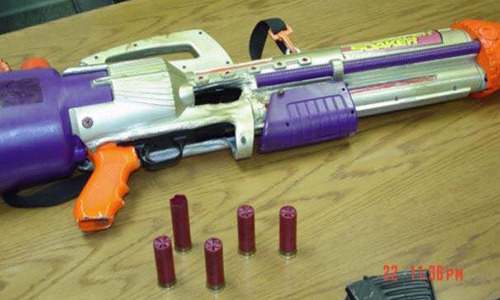
This is an actual water gun that has been modified to fit over a real, functioning shotgun.

You can see the two separate pieces here.

Fully functional pistol, painted and modified to look just like a drill.

An important rule to know. If it looks like a gun in any way, don’t point it at someone. It’s not just police. You never know who is armed.
There was an incident back in November, in which a 12 year old with a replica hand gun was shot and killed by police.
-
 profoundmiraclerunaway liked this · 1 year ago
profoundmiraclerunaway liked this · 1 year ago -
 girlsaintsam reblogged this · 2 years ago
girlsaintsam reblogged this · 2 years ago -
 elliott-seed reblogged this · 2 years ago
elliott-seed reblogged this · 2 years ago -
 elliott-seed liked this · 2 years ago
elliott-seed liked this · 2 years ago -
 kiss-like-a-bruise liked this · 2 years ago
kiss-like-a-bruise liked this · 2 years ago -
 maddy-hat liked this · 2 years ago
maddy-hat liked this · 2 years ago -
 godsfavoriteblossom reblogged this · 2 years ago
godsfavoriteblossom reblogged this · 2 years ago -
 ptolemaeas liked this · 2 years ago
ptolemaeas liked this · 2 years ago -
 supernaturalkickparty liked this · 2 years ago
supernaturalkickparty liked this · 2 years ago -
 emiliosandozsequence reblogged this · 2 years ago
emiliosandozsequence reblogged this · 2 years ago -
 brother-father reblogged this · 2 years ago
brother-father reblogged this · 2 years ago -
 brother-father liked this · 2 years ago
brother-father liked this · 2 years ago -
 deaddawnstreets liked this · 2 years ago
deaddawnstreets liked this · 2 years ago -
 butchdykedeanwinchester reblogged this · 2 years ago
butchdykedeanwinchester reblogged this · 2 years ago -
 silverse liked this · 2 years ago
silverse liked this · 2 years ago -
 renegademp3 reblogged this · 2 years ago
renegademp3 reblogged this · 2 years ago -
 annoyinglyvague liked this · 2 years ago
annoyinglyvague liked this · 2 years ago -
 dekeypetey liked this · 2 years ago
dekeypetey liked this · 2 years ago -
 hearthouses-admin liked this · 2 years ago
hearthouses-admin liked this · 2 years ago -
 setyourfireonme reblogged this · 2 years ago
setyourfireonme reblogged this · 2 years ago -
 samrobotize reblogged this · 3 years ago
samrobotize reblogged this · 3 years ago -
 ssiiddzz liked this · 4 years ago
ssiiddzz liked this · 4 years ago -
 letsshakethingsupabit reblogged this · 4 years ago
letsshakethingsupabit reblogged this · 4 years ago -
 zimshan reblogged this · 4 years ago
zimshan reblogged this · 4 years ago -
 petrovsouls liked this · 4 years ago
petrovsouls liked this · 4 years ago -
 monaerou liked this · 5 years ago
monaerou liked this · 5 years ago -
 vanvelding liked this · 5 years ago
vanvelding liked this · 5 years ago -
 shayyenn liked this · 5 years ago
shayyenn liked this · 5 years ago -
 azothel reblogged this · 5 years ago
azothel reblogged this · 5 years ago -
 ofhishunterways-blog liked this · 5 years ago
ofhishunterways-blog liked this · 5 years ago -
 szczepter reblogged this · 5 years ago
szczepter reblogged this · 5 years ago -
 petitepoid liked this · 5 years ago
petitepoid liked this · 5 years ago -
 wincestshipper00 liked this · 5 years ago
wincestshipper00 liked this · 5 years ago -
 bobbie3939 liked this · 5 years ago
bobbie3939 liked this · 5 years ago -
 tenzou-taichou liked this · 5 years ago
tenzou-taichou liked this · 5 years ago -
 louisgayvodka liked this · 5 years ago
louisgayvodka liked this · 5 years ago -
 teensamanddean reblogged this · 5 years ago
teensamanddean reblogged this · 5 years ago -
 kansassunkissedfreckles liked this · 5 years ago
kansassunkissedfreckles liked this · 5 years ago -
 miyai reblogged this · 5 years ago
miyai reblogged this · 5 years ago -
 robert-montjoy reblogged this · 5 years ago
robert-montjoy reblogged this · 5 years ago -
 robert-montjoy liked this · 5 years ago
robert-montjoy liked this · 5 years ago -
 itzmeecrownedroyalty liked this · 5 years ago
itzmeecrownedroyalty liked this · 5 years ago -
 twisterjack reblogged this · 5 years ago
twisterjack reblogged this · 5 years ago -
 twisterjack liked this · 5 years ago
twisterjack liked this · 5 years ago -
 rosesphoenix liked this · 5 years ago
rosesphoenix liked this · 5 years ago -
 klowhispers reblogged this · 5 years ago
klowhispers reblogged this · 5 years ago
Hi! Midwesterner, USA. Physics PhD nerd. Astronomy geek. Crafty. TV lover: Supernatural. J2. Orphan Black. Game of Thrones. Doctor Who. Sherlock. The Middle. Jane the Virgin. The Good Wife. iZombie.
147 posts
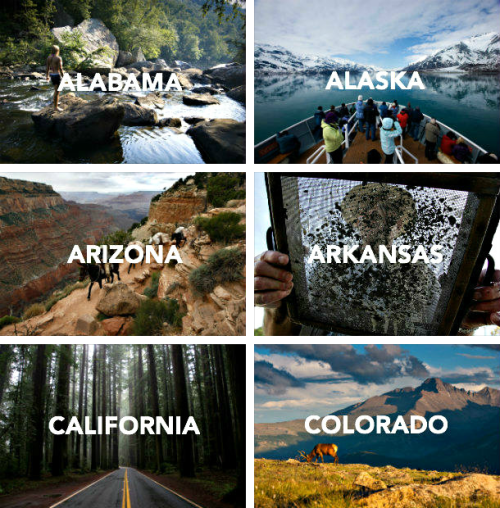
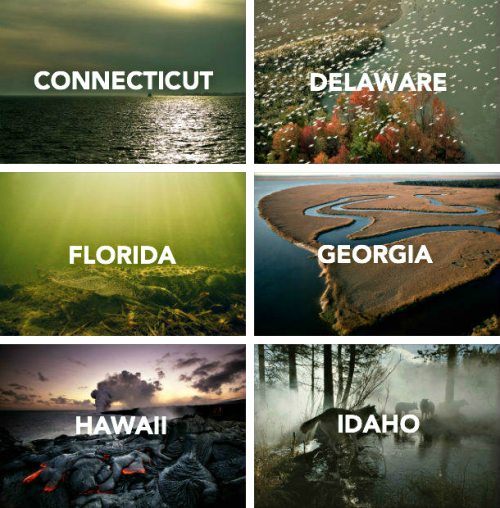
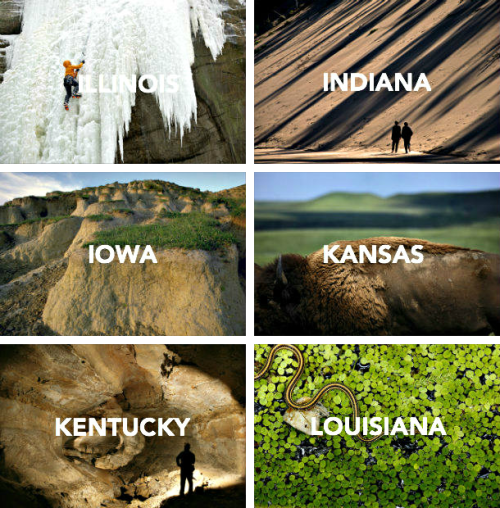
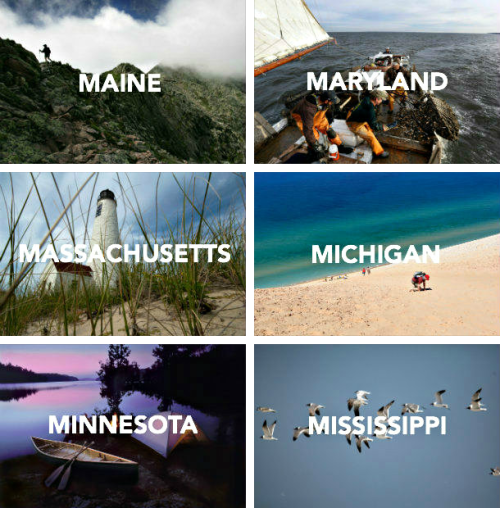
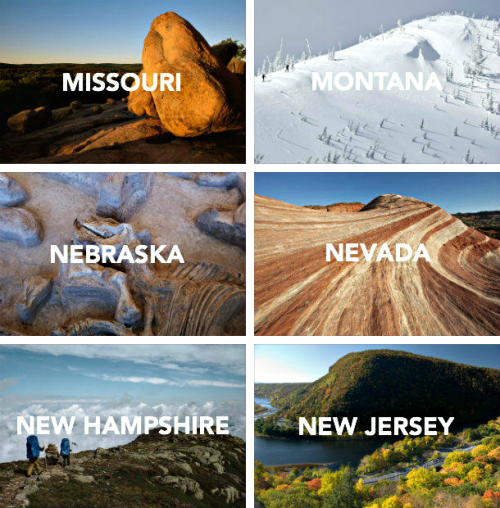
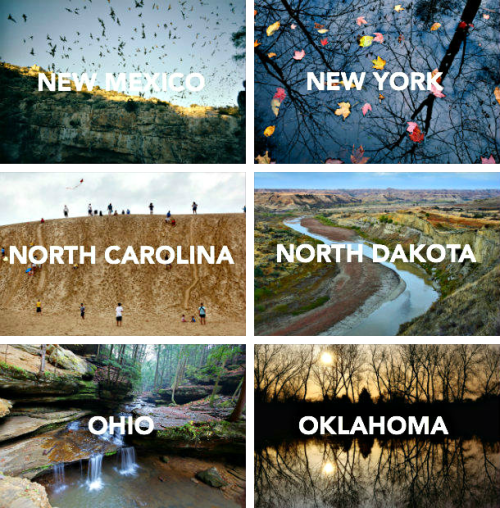
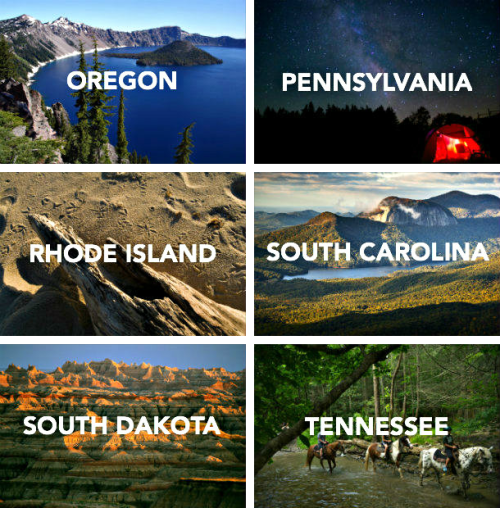
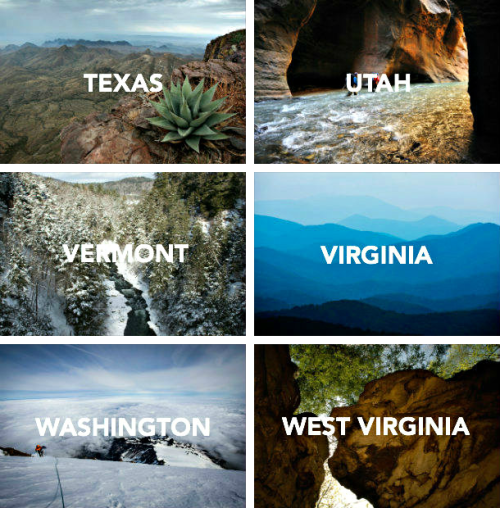



![10x21 Set Appreciation [x] [x] [x] [x] [x] [x]](https://64.media.tumblr.com/537147389eb2533f45ec191220a58b29/tumblr_nnw38dgpIa1rds012o1_500.jpg)
![10x21 Set Appreciation [x] [x] [x] [x] [x] [x]](https://64.media.tumblr.com/85a7f63f0f648082a8cc0132aa4089d4/tumblr_nnw38dgpIa1rds012o2_500.jpg)
![10x21 Set Appreciation [x] [x] [x] [x] [x] [x]](https://64.media.tumblr.com/b6ac6ab3f230200ec026dcf015a0daf5/tumblr_nnw38dgpIa1rds012o3_500.jpg)
![10x21 Set Appreciation [x] [x] [x] [x] [x] [x]](https://64.media.tumblr.com/ddecdd1dc348379a09710ba68c8cc220/tumblr_nnw38dgpIa1rds012o4_500.jpg)
![10x21 Set Appreciation [x] [x] [x] [x] [x] [x]](https://64.media.tumblr.com/ec6f7c2435a65d8c65ef42c5466feab5/tumblr_nnw38dgpIa1rds012o5_500.jpg)
![10x21 Set Appreciation [x] [x] [x] [x] [x] [x]](https://64.media.tumblr.com/0a5bc29687c8a34b932ebaca2e4bcfbe/tumblr_nnw38dgpIa1rds012o6_500.jpg)









